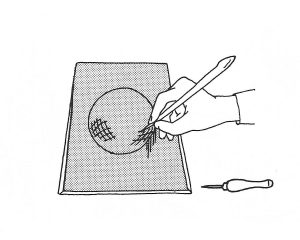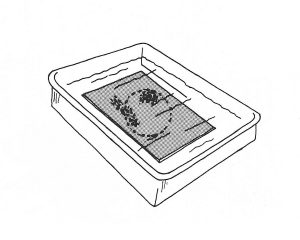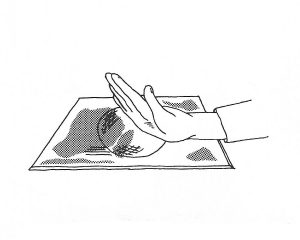An etching is an intaglio print; the areas that hold the ink are below the surface of the plate. Other intaglio techniques include engraving, dry-point, aquatint and mezzotint.





An etching is an intaglio print; the areas that hold the ink are below the surface of the plate. Other intaglio techniques include engraving, dry-point, aquatint and mezzotint.




